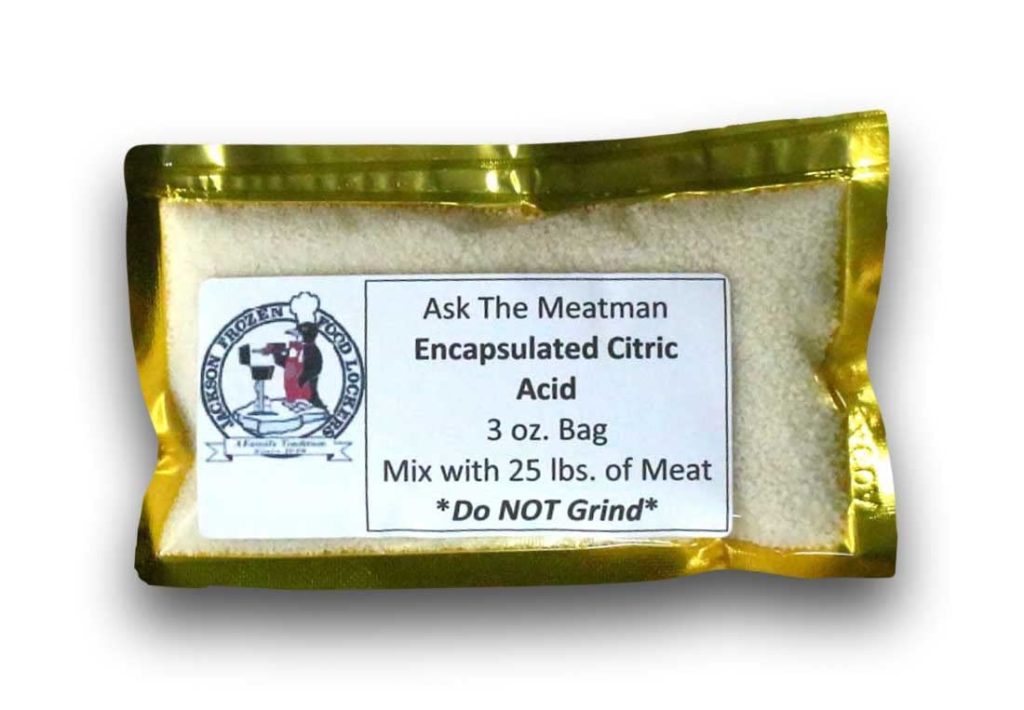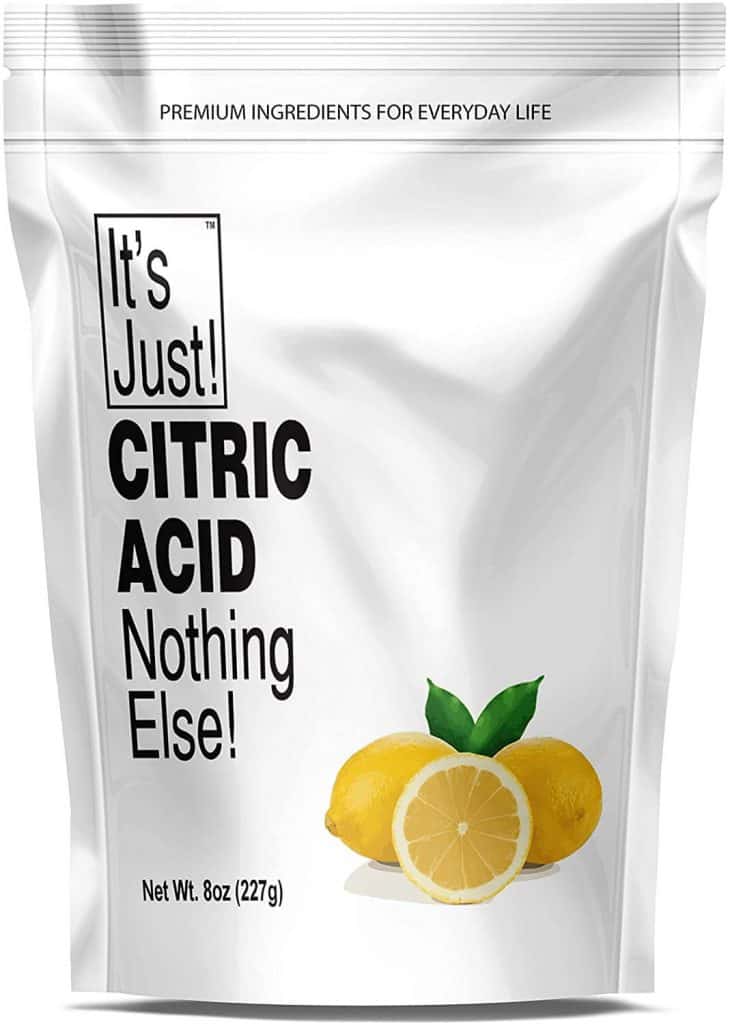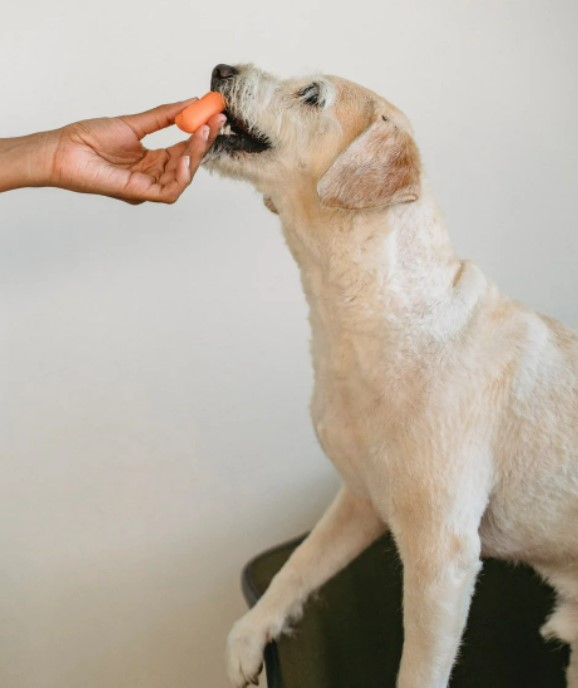What Is Encapsulated Citric Acid?
It is important to get the acidity of the meat and spices mixture right to determine the product’s flavor and shelf life.
Lactic acid can be released naturally during the process of curing meat.
If you want to save time, encapsulated citric acid or other curing agents can be used, as they can mimic the preservative function of lactic acid.
Encapsulated citric acid is the chemical used in the treatment of various bacterial and fungal infections.
It comes in liquid form and is used to treat a variety of health problems, such as acne, pimples, boils, athlete’s foot, and ringworm.
Don’t worry, if you’ve ever wondered what encapsulated citric acid is, don’t worry at all. Once you understand the basics of curing meat, it is fairly simple.
Table of Contents
What Is Encapsulated Citric Acid?
Maltodextrin or cottonseed oil is used for the coating of encapsulated citric acid. Often associated with lemons, oranges, and limes, citric acid is naturally occurring.
It is a powerful acidulant that lowers the meat’s pH level and subtly changes its texture by breaking down tissue fibers.
When used during sausage making, citric acid is one of the best and fastest methods to impart the traditional tangy flavor associated with fermented or dry-aged foods.
ECA can replicate the taste almost perfectly because of the careful processing and portioning that takes place.
A heat- or water-soluble barrier between meat and citric acid can be created by the coating of vegetable oil or maltodextrin.
The acid mustn’t start working immediately after mixing with meat and other spices since it can change the sausage’s texture and make it less appealing.
The coating on the sausage will melt if it is cooked at least 135 F or 150 F.
This makes it possible for the citric acid to work its magic, lowering the pH level, preserving meat, and giving flavor.
Sausages that are heat-processed instead of dry-aged are better suited for encapsulated citric acid.
Since the coating needs to reach a specific temperature to melt, cold or air drying will keep the capsules separate from the meat, and won’t achieve a desirable result.
It is possible to replace Fermento or starter cultures with it. The encapsulated acid is in the form of a powder and is about 4 ounces.
It is sufficient to process 25 lbs. There was a lot of meat. A barrier against bacteria can be created by the reduction of the meat’s acid level.
The acidity of a mixture of liquid is determined by the pH level.
The shelf life of meat can be significantly impacted by a small drop in the pH levels.
For example, summer sausage has a pH level of 4.7 to 5.1, while fresh meat doesn’t usually go below 5.4 pH.
The acidic nature of citric acid will make it difficult to prevent the growth of bacteria. The product will be safe to eat and pathogen-free if the pH is less than 4.2
As the summer sausage stays open, its pH will rise slowly until it can grow bacteria.
This is why the curing method is so important in making a product that can last without worry and be resistant to changing temperatures.
It doesn’t take too much to make a noticeable change in the meat’s pH level and develop that familiar tangy taste associated with summer sausages, since citric acid is one of the more powerful weak natural acids.

Does Encapsulated Citric Acid Act as a Cure Accelerator?
Unfortunately, that’s not the case. Enhancing the shelf life of cured foods and helping in the cooking process can be achieved through encapsulated citric acid.
It is not possible to replace curing salts (nitrates) with a cure accelerator like citric acid.
During the dry-curing process, the nitrates turn into nitric oxide below the ECA dissolution point, leaving the powder encased in the capsule and essentially inert.
If you want to cure meat, you will need to mix in a proper curing agent and add some encapsulated citric acid.
Smoking meat stabilizers such as sodium erythorbate are excellent choices. You will need to add regular citric acid to it.
If you don’t have unencapsulated citric acid and need to prevent spoilage while curing meat, you can mix it with hot water, dissolving it in it.
By itself, ECA won’t guarantee a stable shelf-life but can lower the meat’s pH level to the point where it’s effectively cured and can last much longer than regular.
Difference Between Encapsulated Citric Acid and Citric Acid
ECA is coated with vegetable oil or maltodextrin, which is different from regular citric acid.
When mixing meat and citric acid, the coating can be dissolved in hot temperatures, allowing for greater control.
If you put citric acid directly onto the meat, it will immediately change the texture of the meat.
Mexican chorizos look like a good representation of what the final product might look like.
If the meat is adequately cured, using regular citric acid or mixing encapsulated citric acid too early in the preparation process won’t make the meat unsuitable for human consumption.
However, sometimes it has a drastic effect on the taste and texture of the sausage, and eventually, it makes the sausage uneatable.
In addition to this, it also makes the sausage dry which prevents the formation of a nice sausage shape.
Fresh meat can be sealed in a layer of acidity with the help of Citric acid, which can be mixed with water and used on it.
It isn’t suitable as a first treatment since encapsulated acid only starts working in temperatures higher than 135-150 F. It’s possible to melt the capsule by using hot water.

How To Use Encapsulated Citric Acid in Sausage?
The answer is to save time if you are wondering what encapsulated citric acid is doing in a sausage recipe.
The cooking time is cut down by changing the meat’s pH level and making it more receptive to spices.
It’s important to note that the meat will react with the acid on its own to change its appearance and texture.
When smoked, encapsulated citric acid should be added last to the meat, with minimal mixing, to ensure an even spread and proper dissolution.
When you want to make sausage with encapsulated citric acid, follow the steps below.
- Before adding any spices or ECA, you need to grind the meat. Take the spices you want to add to the sausage and put them into the ground meat.
- You need to measure between 3-and 4 ounces. For every 25 lbs., you will get ECA. The meat will be cured in 16 ounces.
- There is a limit for the weight of 100 lbs. The flavor will be less acidic because of the lower amounts. We don’t recommend going less than 3 ounces.
- Every 25 lbs. cost per 25 lbs. Adding encapsulated citric acid to the mixture will make it better.
- If you mix for more than a minute, you risk damaging the capsule and releasing the citric acid too early in the preparation process.
- The resulting mixture will have a different taste and texture if you add ECA and grind the meat more after that.
- To prevent it from forming a tight sausage, the meat must be made whiter and more crumbly.
- All of the meat should be cooked immediately. It is possible to break the ECA coating and release pure citric acid into the meat when it is put away for later use.
- The package should be kept at a temperature of 135-150 F for over an hour to make sure all the coating has melted off and the meat is free of acid.
Sausages prepared with encapsulated citric acid have an extended shelf life but aren’t always perfectly shelf-stable.
Adding curing agents to the mixture will improve the sausage’s strength. The sausage’s shelf life and stability will be improved if more ECA is used.
There is a recommendation for a 4 oz. Every hundred lbs. costs per 100 lbs. The sausage must have a low enough pH level to last on the shelf.
If you are not familiar with the curing and sausage-making process, you can keep the prepared product in the fridge and prolong its shelf life.
Due to the heat-dissolving casing, encapsulated citric acid is unsuitable for sausages that aren’t prepared with heat.
You would need a starter culture or curing agent to begin the process of making those sausages.
Sausage with ECA added is almost indistinguishable from dry-aged summer sausages.
The final product has a relatively stable shelf life because the citric acid adds a tang similar to that of the lactic acid.
Conclusion
Now you know what encapsulated citric acid is, you can prepare delicious, shelf-stable meals from anything you catch or purchase.
In a fraction of the time, the citric acid will deliver a similar sensation to a long fermentation process.
Sausages will be a hit at any party and will be useful during camping or hunting trips.
Don’t forget to follow the recipe on the product you bought, and you should have a safe sausage that you can be proud of.

Foodie and a passionate cook, I am here to share all of what I know about cooking, kitchen, and food prepping.
Follow me for delicious and healthy recipes.







